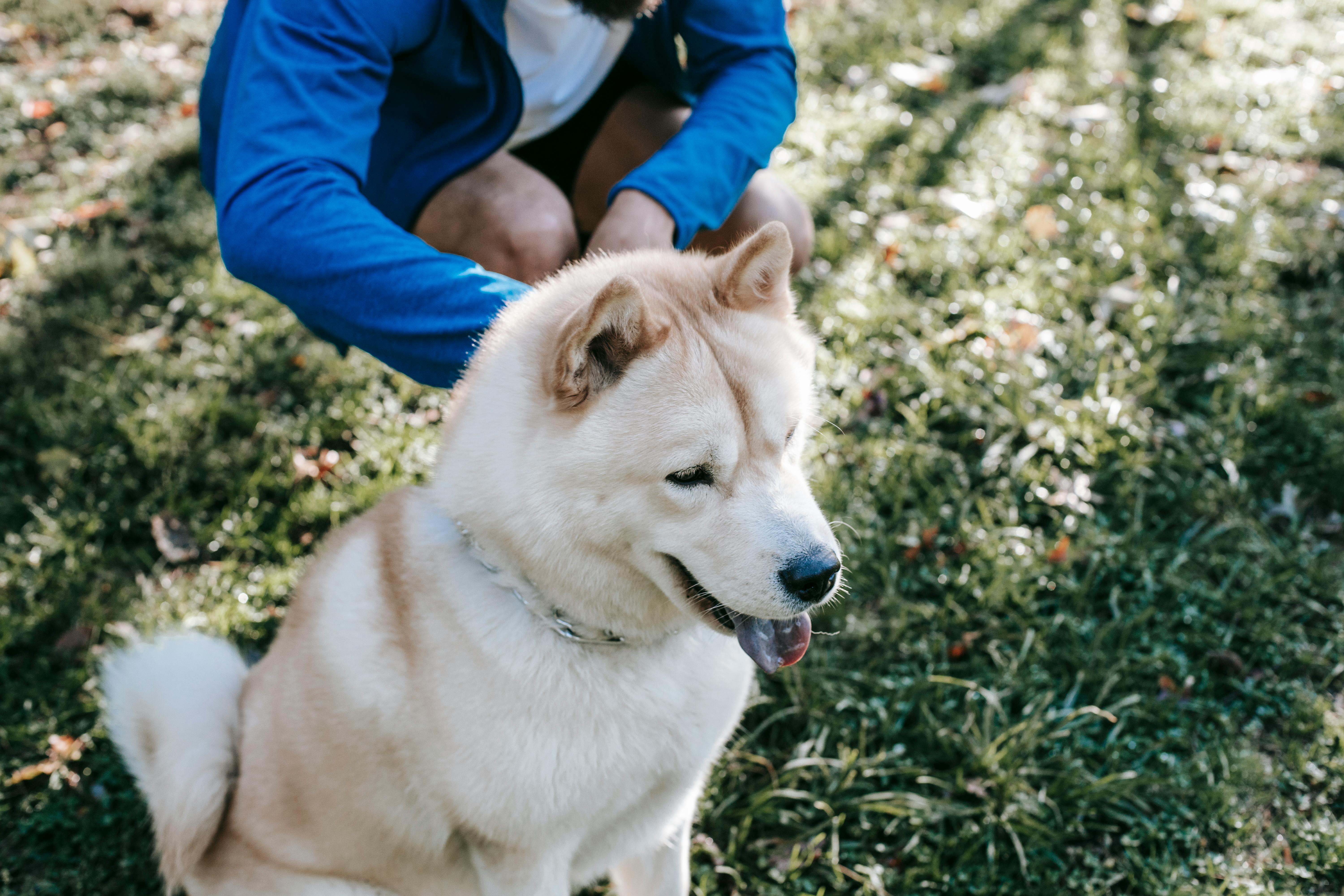
Tips for Starting a Lasagna Garden
Tired of struggling with rocky or, worse yet, clayey soils? Lasagna gardening requires no digging, making it ideal for raised garden beds, making it perfect for the elderly or disabled.
To start your lasagna garden, you don’t even have to kill the grass, it’s that simple. It is a good idea to plan the position of your garden well, as it could be there for a long time. You will be surprised how easy it is to maintain and we all know that it is very healthy to eat home grown vegetables. And lasagna gardens aren’t just for vegetables, you can grow flowers and herbs too.
You may want to gather some of your lasagna ingredients first. This can also be a lot of fun and you will soon realize that you have been wasting valuable organic matter.
Here is a short list:
• Animal manure
• Composting
• Shredded
• Grass clippings
• Chopped leaves (the larger, the longer they take to break down)
• Chopped branches/small branches (put them in a chipper)
• Wood ashes
• sawdust
• hay
• Seaweed
• Straw
• Kitchen waste (coffee grounds, used tea bags, vegetable peelings, crushed eggshells)
• Anything organic that was once alive – Do not include dog or cat feces, bones, grease, oil, fish or meat scraps – these smell and will only attract rodents and flies.
Start small, once you get the hang of it you can always go bigger. Mark an area about 4′ x 8′ that gets full sun for about 8 or more hours a day. You can use rope and pegs or wooden stakes or a bit of sand, whatever works. I start with a thick layer of damp newspaper, edges slightly overlapping, directly on the grass or covering the entire area you set aside. This can be hard, compacted ground, you don’t need to till it first. Remember, it’s called ‘no-dig’ gardening! This layer suffocates the grass and weeds below, so it should be quite thick. You can also use flattened cardboard boxes. Now add a 50 to 750mm layer of peat or peat substitute to cover the newspaper or cardboard. Next, spread a 100-150mm layer of organic mulch material. Alternate layers of peat and mulch or compost. A layer of branches creates a bit of airflow. A scattering of bone meal or wood ash can be added between the layers for a little extra phosphorus and potassium or a little lime or sulfur if the soil ph needs to be adjusted. Just keep alternating the layers until the bed is about 450mm to 600mm high. Your lasagna garden should be moist (like a squeezed out sponge) not soggy. That is! You can start planting right away, or you can ‘cook’ your lasagna garden first.
The cooking process helps break down organic material. You need to put in about four times as much high-carbon brown material, such as peat, hay, straw, and chopped leaves, stems, and twigs, than high-nitrogen green material, such as grass clippings, kitchen scraps, and fresh manure. To cook your lasagna, simply cover it with a thick black plastic and glue the edges with bricks or stones. The materials will remain humid and the heat of the sun will favor heating. You can leave the plastic on for about 6 weeks, by which time the mulch will have broken down to a dark, brittle consistency that is a joy to plant on.
Come on try it! My hope for you is that you enjoy lasagna gardening as much as I do.